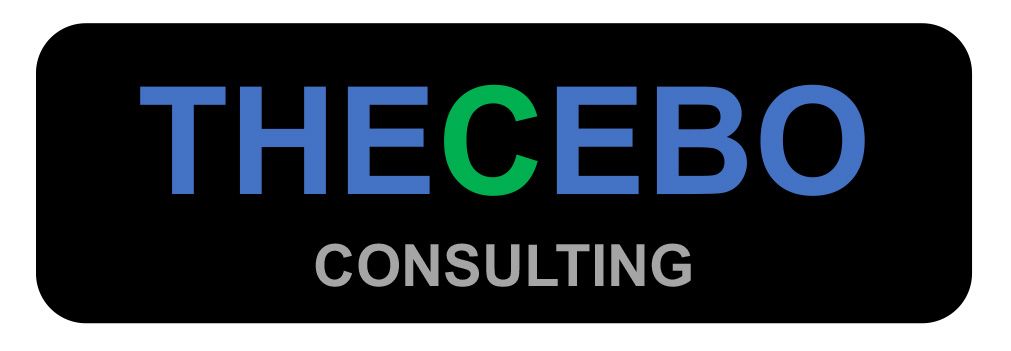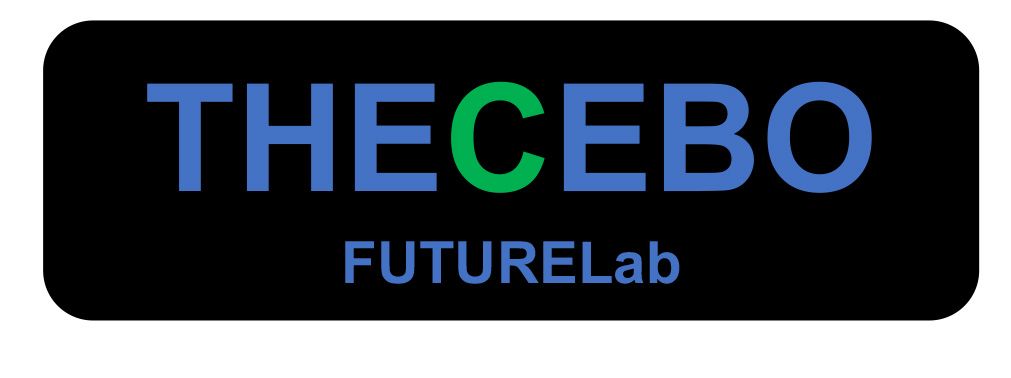CONSULTING
New Energy & Electro-Mobility
AUTOMOTIVE
Powertrain
Thermal Management
Steering
Chassis

'WHY?'
Digital Transformation
www.thecebo.de
NON-AUTOMOTIVE
Transportation
Building Automation
Health Care
Aerospace
Vision .. Leading Innovative S Change .. Mission
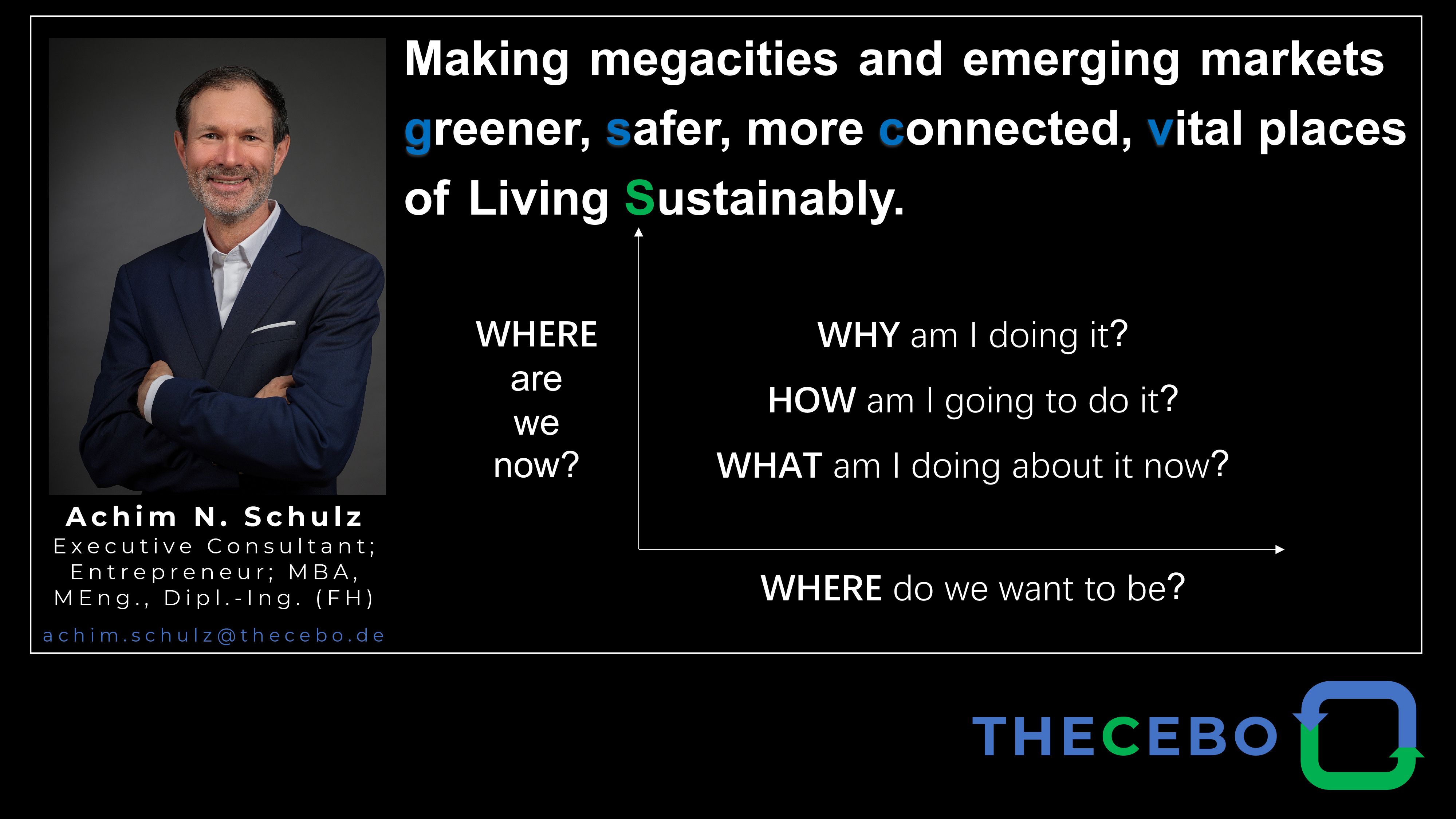
About ACHIM SCHULZ
WORK EXPERIENCES
Since 02/2019 | Executive Consultant and Entrepreneur, | THECEBO Consulting |
06/2016 - 01/2019 | General Manager Asia, | Bühler Motor Group |
08/2013 - 06/2016 | Sales Director China and MBA, | VAST Automotive Group |
08/2011 - 07/2013 | Segment Director HDT BRICS, | Eberspächer Group |
08/2008 - 06/2011 | R&D Project Manager, | MAHLE Group |
02/2000 - 07/2008 | Project Manager and Engineer, | Hella KGaA Hueck & Co. |
EDUCATIONAL EXPERIENCES and LEADERSHIP QUALITIES DEVELOPMENT
Planned for 2025 | Exzellenzprogramm für Geschäftsführer, | Frankfurt School of Finance and Management (Germany) |
Since 2019 | Executive Coaching, | Via former Industry Executives
|
2013 - 2014 | Master of Business Administration, | MBA at Leeds University Business School (United Kingdom) |
1995 - 2000 | Master of European Engineering, | MEng. at Coventry University (UK) & Dipl.-Ing. (FH) at FH Osnabrück |
Va l u e s . . G R O W and I N S P I R E . . A c t i o n s
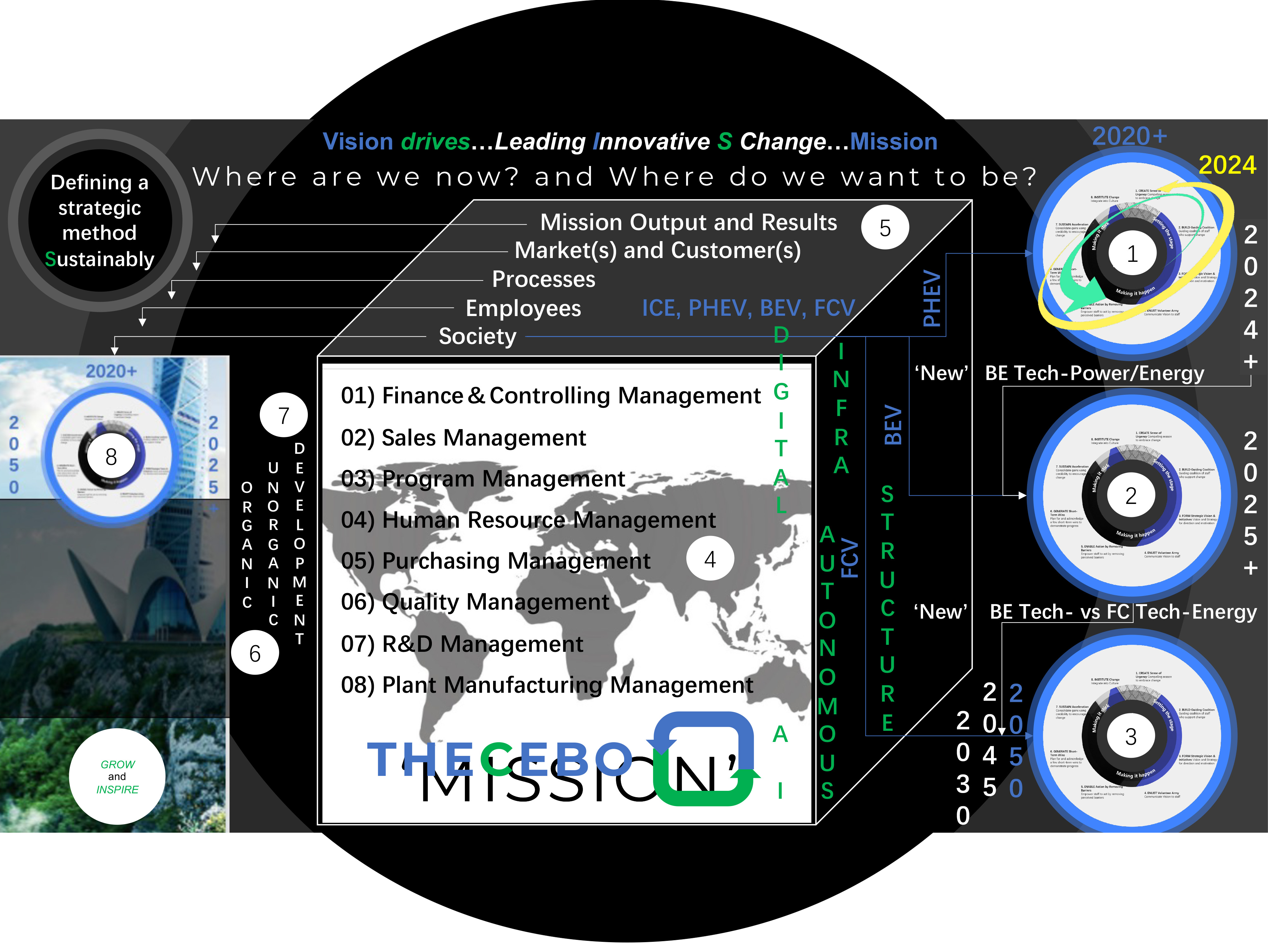
CONSULTING on
A) Vision and Strategy
A.1) Developing a clear and compelling company vision with input from the CFO and other senior leaders.
A.2) Collaborating with the CFO to align financial goals with strategic objectives.
A.3) Ensuring that the strategic plan incorporates financial perspectives for sustainable growth.
A.4) Regularly reviewing and updating the strategic plan based on company performance.
A.5) Ensuring company-wide understanding and alignment with strategic objectives.
A.6) Evaluating the impact of industry trends and changes on the company’s strategy.
A.7) Communicating the vision and strategy to all stakeholders
B) Leadership and Culture
B.1) Developing an organizational culture that fosters collaboration across departments.
B.2) Recognizing and rewarding performance.
B.3) Partnering with the CFO to set financial ethics standards.
B.4) Fostering an environment supporting creativity and innovation.
B.5) Prioritizing a customer-centric approach in all strategic planning.
B.6) Promoting open communication across the organization.
B.7) Champion team building and collaborative efforts.
B.8) Striving for a work environment that encourages innovation.
C) Financial Management
C.1) Directly interfacing with the CFO to oversee the company’s financial health, including budgeting and cash flow management.
C.2) Making key decisions on capital expenditure, investments, and risk management.
C.3) Developing robust financial reporting and auditing processes in collaboration with the CFO.
C.4) Regularly reviewing financial performance against targets, adjusting strategies as needed.
C.5) Implementing strategies to optimize cost efficiency.
C.6) Ensuring compliance with financial regulations and reporting standards.
D) Corporate Governance
D.1) Collaborating with the CFO to ensure robust corporate governance.
D.2) Ensuring accurate financial reporting, regulatory compliance, internal controls, and procedures for preventing fraud.
D.3) Ensuring the company’s activities align with its mission and values, working closely with all department heads.
D.4) Maintaining transparency in all operations and reporting.
D.5) Managing company policies and corporate legal affairs.
D.6) Fostering a culture of ethical conduct across the organization.
E) Risk Management
E.1) Partnering with the CFO to identify potential financial and operational risks and implement mitigation strategies.
E.2) Monitoring risk exposure and responding promptly to risk events.
E.3) Establishing a robust risk management framework.
E.4) Regularly reviewing risk management policies and procedures.
E.5) Ensuring risk considerations are integrated into decision-making processes.
E.6) Communicating risk management practices to stakeholders.
F) Operational Efficiency
F.1) Partnering with the CFO to identify potential financial and operational risks and implementing mitigation strategies.
F.2) Implementing systems and processes that optimize productivity.
F.3) Monitoring operational performance and implementing improvement strategies.
F.4) Fostering a culture of continuous improvement.
F.5) Investing in technology and tools that improve efficiency.
F.6) Developing strategies to manage supply chain efficiency.
F.7) Addressing operational issues promptly.
G) Talent Management
G.1) Working with the CFO and HR leaders to define and execute a talent management strategy.
G.2) Fostering employee development and career progression.
G.3) Ensuring effective performance management systems.
G.4) Implementing strategies for succession planning.
G.5) Maintaining a balance of team skills and experience.
G.6) Fostering a high performing culture of continuous learning, career progression, and professional development.
H) Customer Focus
H.1) Developing strategies to improve customer satisfaction.
H.2) Fostering a customer-centric culture.
H.3) Collaborating with the CFO and marketing leaders to ensure company products are financially viable.
H.4) Regularly gathering and analyzing customer feedback.
H.5) Ensuring products or services meet customer needs.
H.6) Implementing effective customer relationship management strategies.
H.7) Engaging directly with customers to understand their needs and concerns.
I) Investor Relations
I.1) Working closely with the CFO to communicate effectively with investors and financial analysts.
I.2) Fostering relationships with current and potential investors.
I.3) Regularly reviewing and reporting on financial performance.
I.4) Providing clear and consistent information about the company’s performance and prospects.
I.5) Responding to investor queries and concerns promptly.
I.6) Maintaining transparency in all investor dealings.
J) Brand Reputation
J.1) Acting as the face of the company, representing it in public forums.
J.2) Fostering positive relationships with media.
J.3) Developing and maintaining a strong company narrative.
J.4) Ensuring the company’s actions align with its brand image.
J.5) Managing potential reputation risks effectively.
J.6) Engaging with stakeholders to maintain a positive brand perception.
K) Innovation and Tech
K.1) Fostering a culture of innovation across the organization.
K.2) Staying informed about emerging technologies relevant to the business.
K.3) Overseeing the implementation of new technologies.
K.4) Encouraging interdepartmental collaboration for innovative solutions and creative problem solving.
K.5) Investing in research and development activities.
K.6) Leading digital transformation initiatives.
K.7) Anticipating and planning for potential technological disruptions.
L) Sustainability and CSR
L.1) Developing a comprehensive CSR strategy aligned with business objectives.
L.2) Overseeing the implementation of sustainability practices.
L.3) Monitoring and reporting on the company’s CSR performance.
L.4) Engaging with stakeholders on CSR issues.
L.5) Advocating for sustainability issues at the board level.
L.6) Regularly reviewing and updating CSR strategy.
L.7) Promoting awareness and training among employees about sustainability and CSR.
L.8) Ensuring sustainable and ethical practices across the supply chain.
M) Stakeholder Management
M.1) Identifying key stakeholders in the company’s environment and prioritizing based on influence and interest.
M.2) Maintaining positive relationships with all stakeholders.
M.3) Fostering a culture of responsibility towards stakeholders.
M.4) Ensuring strategies create value for stakeholders.
M.5) Regularly engaging with stakeholders to understand their concerns and expectations.
M.6) Implementing effective communication mechanisms to gather stakeholder feedback.
M.7) Ensuring transparency in communications with all internal and external stakeholders.
M.8) Implementing strategies to manage stakeholder conflicts.
M.9) Regularly reporting on company performance to stakeholders.
N) Merger and Acquisition Management (M&A)
N.1) Developing an M&A strategy aligned with business objectives.
N.2) Overseeing due diligence processes for potential acquisitions.
N.3) Leading negotiations and ensuring legal compliance.
N.4) Securing financing early for potential deals.
N.5) Evaluating strategic fit and potential synergies with targets.
N.6) Developing and implementing post-merger integration plans.
N.7) Communicating M&A strategy and process to stakeholders.
N.8) Merging the culture of the combined organizations.
N.9) Monitoring the performance of the acquisition against the projected synergies and financial objectives.
O) Continuity and Succession
O.1) Developing, implementing and maintaining a comprehensive business continuity plan to ensure operations continue during a crisis.
O.2) Establishing a succession plan for executive positions.
O.3) Regularly reviewing and updating the succession plan.
O.4) Developing internal talent to assume higher responsibilities in the future.
O.5) Communicating the business continuity and succession plans to relevant stakeholders.
O.6) Establishing a training and development plan to ensure successors are prepared.
O.7) Mitigating risks ensuring adequate critical role coverage.
O.8) Fostering resilience and adaptability across the organization for seamless transitions.

CONSULTING SERVICES
INTERIM MANAGEMENT
EXECUTIVE COACHING
BOARD ADVISOR
IT & MEDIA

Development of Strategy and Supporting Strategic Change Management.
Execute Leadership and Management Coaching Workshops and Trainings.

Publishing and Executive Consulting Services of any kind as long as the
Services are within the framework of Services as provided on this page.
Strategy Consulting.

Corporate Finance - and Turnaround Management - Consulting.
Organizational - and Personnel Development Consulting.

Quality Management Consulting.
Risk Management Consulting.

Technical and Supply Chain (Logistics) Management Consulting.
IT-Consulting.
Development and Implementation of EDP-Programs.
Coaching.
Health and Health Care Consulting.
Marketing Consulting. Network Marketing.

BERATUNGSDIENSTLEISTUNGEN
INTERIM MANAGEMENT
EXECUTIVE COACHING
BOARD ADVISOR
IT & MEDIA

Erarbeitung von Handlungsempfehlungen und Mitwirkung bei deren Umsetzung.
Durchführung von Schulungen.

Veröffentlichungen sowie Tätigkeiten als Gutachter, soweit diese Tätigkeiten im Zusammenhang mit den hier aufgeführten Tätigkeitsbereichen stehen.
Strategieberatung.

Corporate-Finance- und Turnaround-Management-Beratung.
Organisations- und Entwicklungsberatung.

Qualitätskontrollberatung.
Risikomanagementberatung.

Technische und logistische Beratung.
IT-Beratung.
Anpassung und Implementierung von EDV-Programmen.
Coaching.
Gesundheits- und Sicherheitsberatung.
Marketingberatung. Network Marketing.
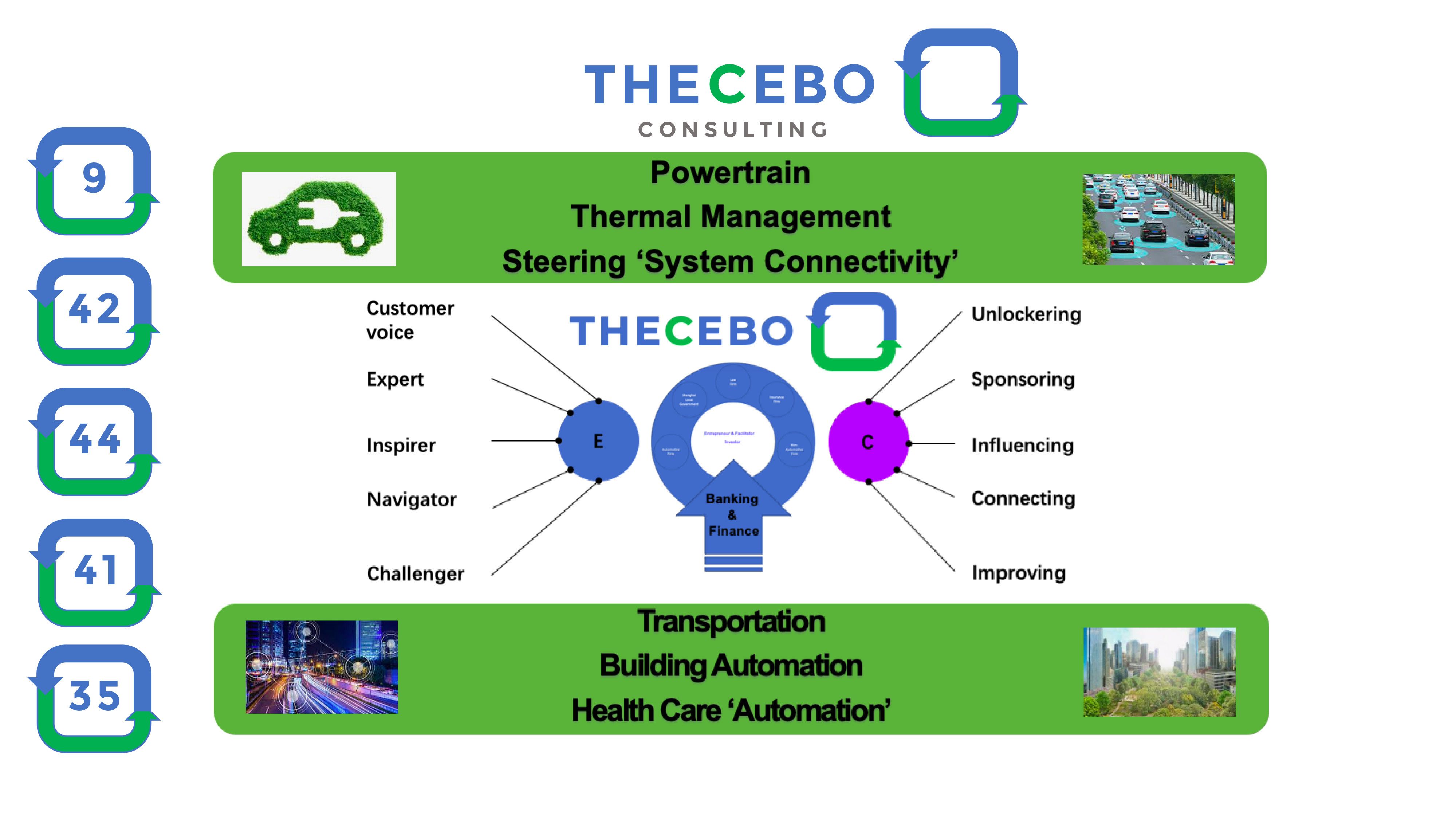
Va l u e s . . G R O W and I N S P I R E . . A c t i o n s
CONSULTING in
Germany - 40474 Düsseldorf - THREE GEORGE
Germany - 40474 Düsseldorf - THREE GEORGE
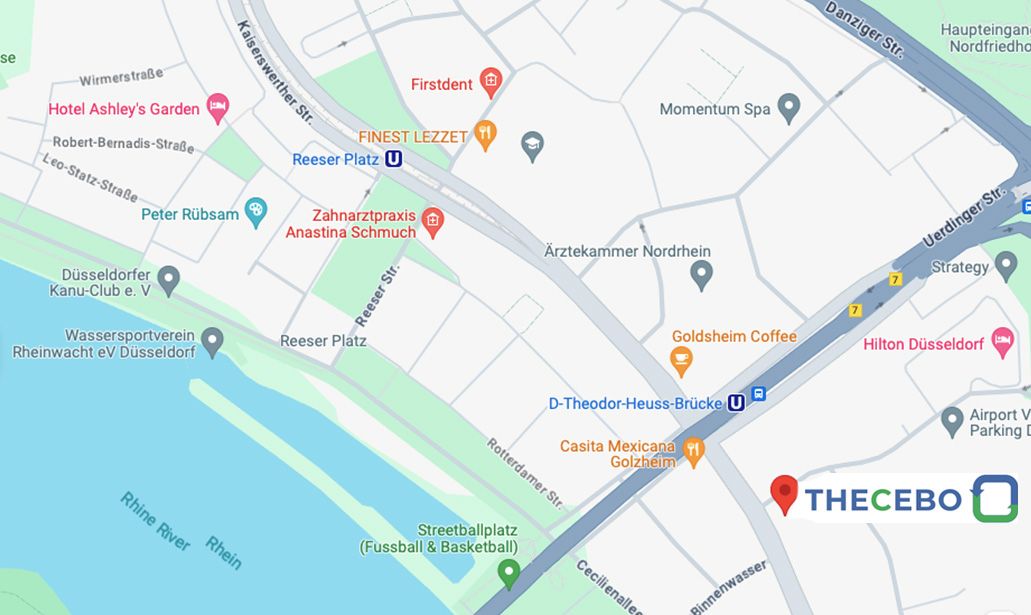
Achim Schulz
MBA, MEng., Dipl. - Ing. (FH)
Owner | Executive Interim Manager
AUTOMOTIVE
Powertrain
Thermal Management
Steering
Chassis
Für unser nächstes Gespräch:
-
Finanzwirtschaftliche Perspektive
-
Kundenperspektive
-
Interne Prozessperspektive
-
Innovationsperspektive
-
Lern- und Entwicklungsperspektive
NON-AUTOMOTIVE
Transportation
Building Automation
Health Care
Aerospace
Electro-Mobility
B E - T e c h
...
...
...
...
New Energy
F C - T e c h
...
...
...
...
AUTOMOTIVE

